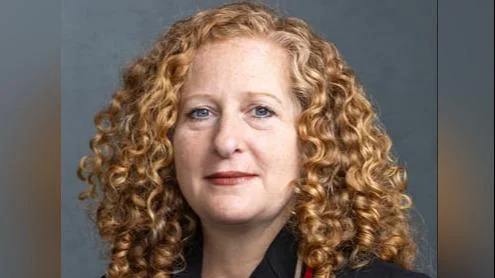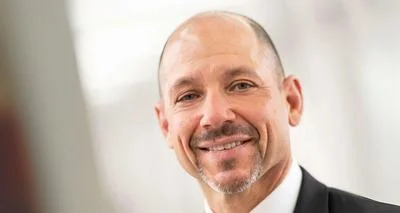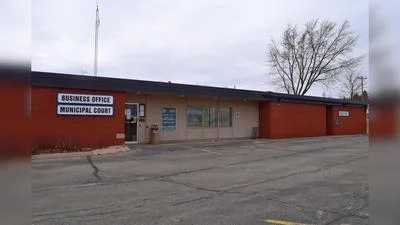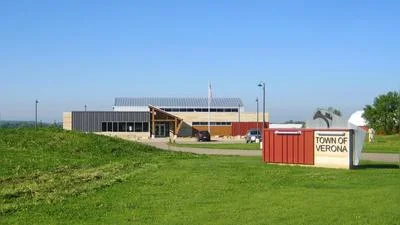Jennifer Mnookin Chancellor | Official website
Jennifer Mnookin Chancellor | Official website
At first glance, one might not guess that fire plays a crucial role in shaping the wild beauty of the Biocore Prairie at the University of Wisconsin–Madison’s Lakeshore Nature Preserve.
Since 1997, students, staff, and volunteers have worked to restore what were once agricultural fields near Picnic Point into a vibrant tall grass prairie. Prescribed burns have been employed as a tool to support land restoration efforts and research on campus and at the UW Arboretum dating back to Aldo Leopold.
Each spring and fall, during narrow windows when prescribed burns can be lit and controlled, trained burn crews reintroduce fire to these landscapes. The objective is to encourage the growth of prairie ecosystems that once spread across most of southeastern Wisconsin. The burn helps thin out invasive species, allowing native grasses, sedges, and flowers to grow and expand their cover.
Adam Gundlach, fields project coordinator with the Lakeshore Nature Preserve, uses a torch to set dry brush on fire during a prescribed burn at the Biocore Prairie near the entrance to Picnic Point on March 28. Photo: Bryce Richter
Later in the year, students, staff, and volunteers spread buckets full of diverse native seeds like milkweed and coneflowers. They also transfer native plants from nearby nursery gardens to the recovering prairie itself.
Students in the UW Biocore Core Curriculum gather to cast wildflower and prairie seeds collected the previous fall at the Biocore Prairie on April 12. Pictured from left to right are students Allison Hung, Kurt Borcherding, Avery Rhodes, Josie Mackenthun; Biocore instructor Seth McGee; students Edie Joh and Sirapop Kiatchaipipat. Photo: Bryce Richter
The process offers an opportunity for students to learn about land ecology firsthand while adding biodiversity and natural areas for campus enjoyment. The Biocore Prairie serves as a central field site for two Biocore lab courses as well as summer independent research projects, service learning initiatives, and collaborative research with various other UW–Madison programs.
Wildflowers and prairie plants such as sunflower varieties, wild bergamot, and milkweed take in the summer sun at BioCore Prairie on July 1. Photo: Bryce Richter
While fire can be dangerous if not controlled appropriately, it can lead to beautiful outcomes in suitable ecosystems.
Fire burns through dry brush on March 28. Photo by: Bryce Richter
Students work with instructors during the prescribed prairie burn on April 25. Photo by: Bryce Richter
Avery Rhodes and other students fling seeds on April 12. Photo by: Bryce Richter
Edie Joh (left) and Josie Mackenthun (right) distribute seeds on April 12. Photo by: Bryce Richter
Biocore instructor Seth McGee distributes seeds. Photo by: Bryce Richter
Wildflowers and prairie plants take in the summer sun at BioCore Prairie. Photo by: Bryce Richter






 Alerts Sign-up
Alerts Sign-up